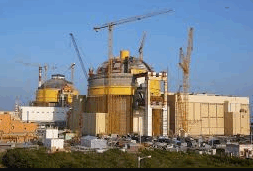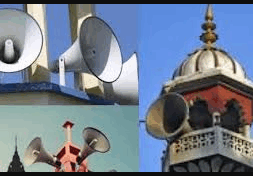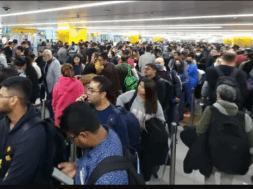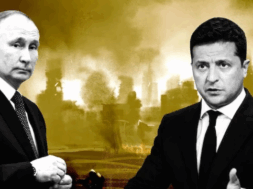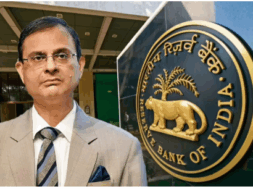
Nobel Physics: Canadian and US physicists share the 2024 Prize for AI research
Virendra Pandit
New Delhi: The Royal Swedish Academy of Sciences on Tuesday awarded the 2024 Nobel Prize in Physics to John J. Hopfield and Geoffrey E. Hinton for their foundational contributions to artificial intelligence (AI) through the development of machine learning with artificial neural networks, the media reported.
“This year’s two Nobel Laureates in Physics have used tools from physics to develop methods that are the foundation of today’s powerful machine learning,” the award-giving body said in a statement.
The 2024 Nobel Prize in Physics carries a cash award of 11 million Swedish kronor (USD 1.1 million), to be shared equally between the winners.
Their groundbreaking research, since the 1980s, has significantly influenced the field of AI, helping experts to shape the technologies that power modern data processing and pattern recognition.
John Hopfield, a professor at Princeton University, US, developed an associative memory network that could store and reconstruct images and other patterns in data. His innovation, known as the Hopfield network, uses principles of physics, particularly the concept of atomic spin, to represent data and store it with low energy requirements. This network functions by adjusting its values to match input data, making it possible to reconstruct incomplete images and find patterns within noisy information.
Geoffrey Hinton, who is a professor at the University of Toronto, Canada, expanded upon Hopfield’s ideas with the Boltzmann machine. This advanced model uses principles from statistical physics, enabling the network to autonomously learn and identify distinct elements within data.
The Boltzmann machine not only classifies images but also generates new data that matches learned patterns, proving foundational in image recognition and other AI applications.
These neural network models, inspired by the brain’s structure, represent a major leap in AI.
Ellen Moons, Chair of the Nobel Committee for Physics, noted, “The laureates’ work has already been of immense benefit,” underscoring how artificial neural networks are now used in physics and material science to design new materials with specific properties.
Widely considered the most prestigious prize for physicists worldwide, it was created, along with awards for achievements in science, literature, and peace, in the will of Alfred Nobel, the Swedish businessman, scientist, and philanthropist, who invented dynamite.


